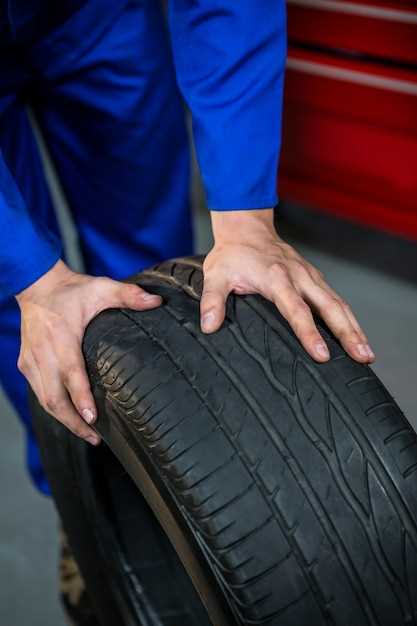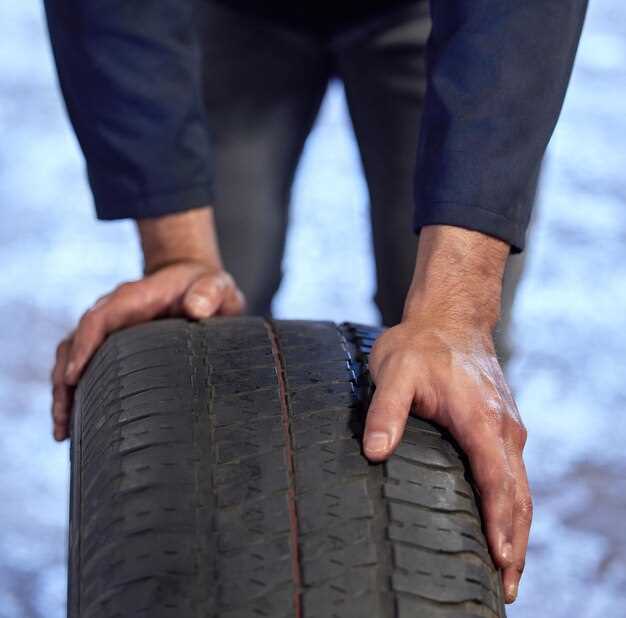
How to rotate your tires correctly

Proper tire rotation is an essential practice in vehicle maintenance that ensures optimal performance and longevity of your tires. Over time, tires experience uneven wear due to various factors such as driving habits, vehicle type, and road conditions. By regularly rotating your tires, you can promote even wear across all four tires, which ultimately enhances safety and improves fuel efficiency.
Understanding the correct techniques for tire rotation can help you avoid costly replacements and maintain the stability of your vehicle. Various rotation patterns exist, including front-to-back, cross-shaped, and side-to-side, each tailored to specific vehicle types and tire configurations. This guide will provide comprehensive insights into these techniques, helping you make informed decisions about when and how to rotate your tires effectively.
In addition to extending the lifespan of your tires, regular rotation is vital for maintaining traction and handling. Tires that wear unevenly can compromise grip, especially in adverse weather conditions, increasing the risk of accidents. By following the guidelines in this article, you will equip yourself with the knowledge needed to ensure your tires perform at their best throughout their lifespan.
Identifying and Understanding Tire Wear Patterns

Recognizing tire wear patterns is crucial for maintaining vehicle safety and performance. Different types of wear can indicate various issues with your tires or vehicle alignment. Understanding these patterns helps in taking appropriate measures to prolong tire life and enhance driving experience.
Center Wear: When the tread in the center of the tire is more worn than on the edges, it typically signifies over-inflation. This condition leads to reduced traction and increased susceptibility to punctures. Regularly checking tire pressure can help prevent this issue.
Edge Wear: Wear on the outer edges of the tire suggests under-inflation or improper alignment. This pattern can lead to decreased handling capabilities and increase the risk of tire failure. Ensuring correct tire pressure and alignment through regular maintenance is essential.
Diagonal Wear: If the tires show signs of uneven wear diagonally, this may indicate a problem with the vehicle’s suspension or alignment. Such patterns can cause vibrations during driving, affecting overall comfort and control. Addressing alignment issues promptly can save on tire costs and enhance vehicle stability.
Cupping: This irregular wear pattern, characterized by a series of high and low spots around the tire, often occurs due to faulty suspension components. Cupped tires can produce a noticeable noise and lead to a rough ride. It is advisable to inspect and replace any damaged suspension parts to prevent further wear.
Patchy Wear: A patchy appearance with uneven tread wear can suggest issues with the tire itself or the mounting of the tire on the wheel. This pattern can result from defective tires or improper installation. Regular inspections can help detect problems early, ensuring a safe driving experience.
By identifying and understanding these tire wear patterns, drivers can take timely action to remedy underlying issues. Regular tire maintenance, including rotations, pressure checks, and alignment services, plays a vital role in ensuring tires perform optimally and last longer.
Step-by-Step Process for Tire Rotation

To maintain optimal performance and extend the lifespan of your tires, it’s essential to follow a structured rotation process. Here’s a detailed guide to help you through the tire rotation pattern.
Step 1: Gather the Necessary Tools
Before beginning, collect essential tools including a jack, jack stands, a lug wrench, and a tire pressure gauge. Having these items ready will streamline the process.
Step 2: Loosen the Lug Nuts
With the vehicle on a flat surface, use the lug wrench to slightly loosen the lug nuts on each tire, but do not remove them completely. This allows for easier removal once the vehicle is lifted.
Step 3: Raise the Vehicle
Using the jack, lift the vehicle off the ground. Ensure it is elevated securely by placing jack stands underneath, providing additional safety during the rotation process.
Step 4: Remove the Tires
Carefully remove the loosened lug nuts and take off the tires. Place them in a manner that helps you remember their original positions, facilitating an efficient rotation.
Step 5: Determine the Rotation Pattern
Refer to your vehicle’s manual for the recommended pattern. Common rotation patterns include front-to-back, back-to-front, and crisscross. Select the appropriate method based on your tire type and the current wear condition.
Step 6: Install the Tires in the New Position
Once the rotation pattern is determined, install each tire in its new location, making sure they are properly aligned with the wheel hub.
Step 7: Tighten the Lug Nuts
Before lowering the vehicle, hand-tighten the lug nuts on each tire. After the vehicle is back on the ground, use the wrench to securely tighten them in a star pattern to ensure even torque distribution.
Step 8: Check Tire Pressure
Use a tire pressure gauge to check and adjust the air pressure in each tire according to the manufacturer’s specifications. Maintaining the correct pressure is crucial for tire performance and safety.
Step 9: Final Inspection
Conduct a thorough inspection of the tires and the surrounding area to ensure everything is in place and secure. This step helps avoid any potential issues during driving.
By adhering to this step-by-step process, you can effectively manage your tire rotation and enhance the overall performance of your vehicle.
Common Mistakes to Avoid During Tire Rotation
One of the primary mistakes made during tire rotation is neglecting to follow the correct rotation pattern specified by the vehicle manufacturer. Each car has a designated pattern that ensures even tire wear, and failing to adhere to this can lead to premature wear and compromised handling.
Another frequent error is not rotating tires at the recommended intervals. Regular rotation helps to address uneven wear that occurs naturally as tires are subjected to differing forces based on their position on the vehicle. Ignoring these intervals can exacerbate wear issues and diminish tire lifespan.
Using incorrect torque settings when reinstalling lug nuts is an additional oversight. Proper torque is crucial for maintaining the safety and integrity of the wheel assembly. Under- or over-tightening can cause damage and lead to uneven wear patterns.
Failing to inspect tires for damage during rotation can also pose a significant risk. It is essential to check for signs of wear, such as bulges or cuts, which might indicate underlying issues that could affect performance. Making adjustments or replacements based on these inspections is vital for maintaining optimal tire health.
Lastly, not inspecting the alignment and suspension components can lead to more severe wear issues. Misalignment or worn-out parts can create uneven tire wear patterns, making rotation less effective. Regular checks can help identify and correct these problems before they affect tire longevity.